Get a custom course package
We may not have any package deals available including this course. If you enquire or give us a call on +44 1344 203999 and speak to our training experts, we should be able to help you with your requirements.
TCV: 15
Course Outline
Unit 1: Solving Problems and Making Decisions 8606-300
CV= 2
Module 1: Know How to Describe a Problem, its Nature, Scope and Impact
Module 2: Know How to Gather and Interpret Information to Solve a Problem
Module 3: Know How to Evaluate Options to Make a Decision
Module 4: Know How to Plan, Monitor and Review the Implementation and Communication of Decisions
Unit 2: Leading and Motivating a Team Effectively 8606-341
CV=2
Module 5: Know How to Communicate the Organisations Vision and Strategy to the Team
Module 6: Know How to Motivate and Develop the Team
Unit 3: Planning Change in the Workplace 8606-302
CV=2
Module 7: Understand the Forces for Change in an Organisation
Module 8: Know How to Identify and Plan Change in an Organisation
Unit 4: Understanding Conflict Management in the Workplace 8606-312
CV=1
Module 9: Understand Conflict Management in the Workplace
Unit 5: Planning and Monitoring Work 8606-202
CV=2
Module 10: Understand How to Work within the Organisational Guidelines to Achieve Team Goals
Module 11: Understand How to Plan and Allocate Work
Module 12: Understand How to Monitor A Team’s Performance Against the Plan
Unit 6: Maintaining a Healthy and Safe Working Environment 8606-210
CV=1
Module 13: Understand Responsibilities for Health and Safety
Module 14: Know How to Conduct a Risk Assessment of the Team’s Work Environment


The ILM Level 3 Certificate in Principles of Leadership and Management is designed for individuals who want to gain a foundational understanding of Leadership and Management principles. This certificate is particularly beneficial for:
There are no formal prerequisites to attend this ILM Level 3 Certificate in Principles of Leadership and Management Training Course.
Leadership is one of the most important skills a manager can use to communicate with their teams effectively. It allows them to motivate and inspire teams to achieve great business results. On the other hand, management skills help individuals handle tasks better. This training course will help individuals become proficient in core leadership and management skills to get more work done and achieve better outcomes. Holding essential leadership and management skills can help individuals solve problems, motivate teams, handle tasks, and achieve outstanding team performance to meet the company’s target.
In this 3-day ILM Level 3 Certificate in Principles of Leadership and Management training course, delegates will gain in-depth knowledge about the fundamental concepts of leadership and management. During this training, delegates will learn how to gather and interpret information to solve a problem and make a decision. They will also learn how to plan and monitor work and establish an effective team. This course will be taught by our expert trainers, who have years of experience teaching leadership and management courses.
Course Objectives:
At the end of this training, delegates will be able to work effectively and collaboratively with their teams to achieve the best results. They will also be able to maintain a healthy and safe working environment to achieve team goals.
Delegates can also choose from our popular ILM Level 3 courses such as ILM Level 3 Award in Leadership and Management, ILM Level 3 Certificate in Leadership and Management, ILM Level 3 Diploma in Management, ILM Level 3 Diploma in Leadership and Management, and ILM Level 3 Certificate in Leadership.




Why choose us
Experience live, interactive learning from home with The Knowledge Academy's Online Instructor-led ILM Level 3 Certificate in Principles of Leadership and Management. Engage directly with expert instructors, mirroring the classroom schedule for a comprehensive learning journey. Enjoy the convenience of virtual learning without compromising on the quality of interaction.
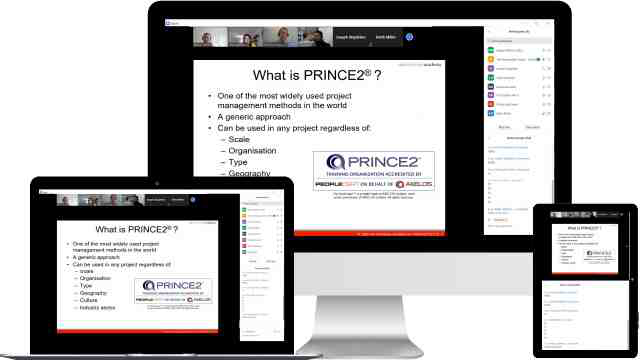
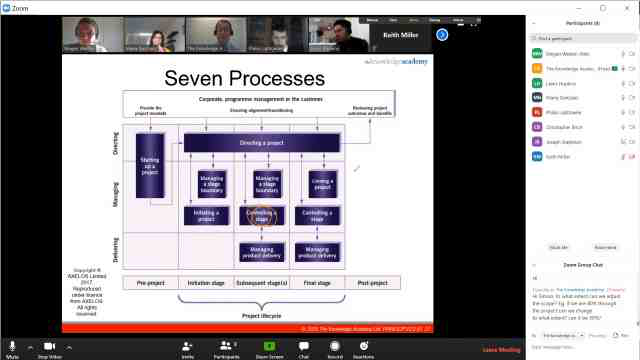
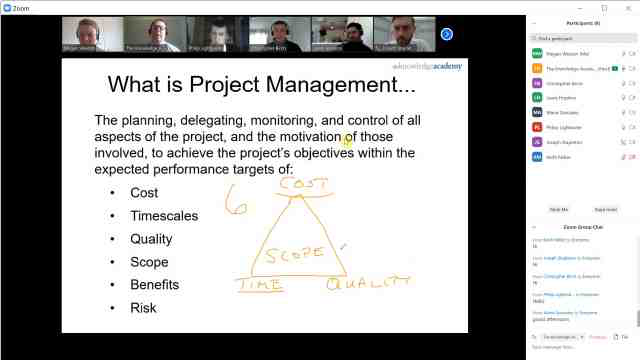
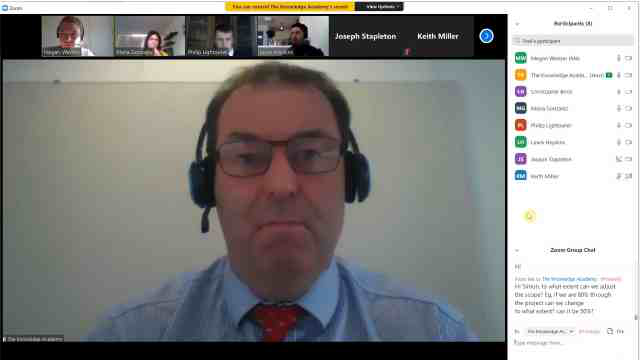
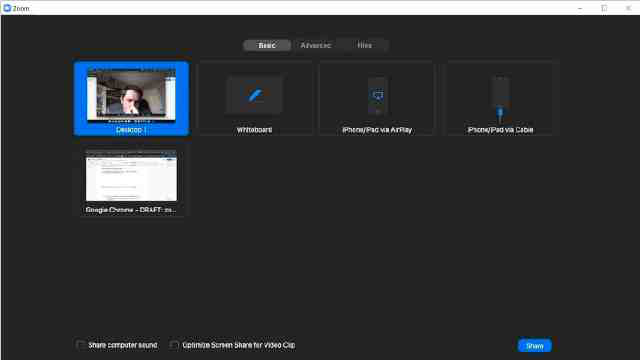
Unlock your potential with The Knowledge Academy's ILM Level 3 Certificate in Principles of Leadership and Management, accessible anytime, anywhere on any device. Enjoy 90 days of online course access, extendable upon request, and benefit from the support of our expert trainers. Elevate your skills at your own pace with our Online Self-paced sessions.
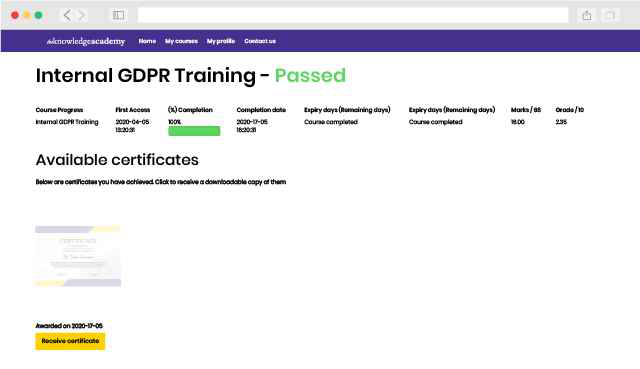
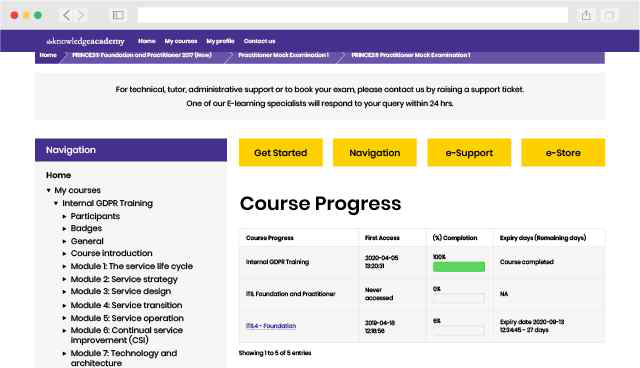
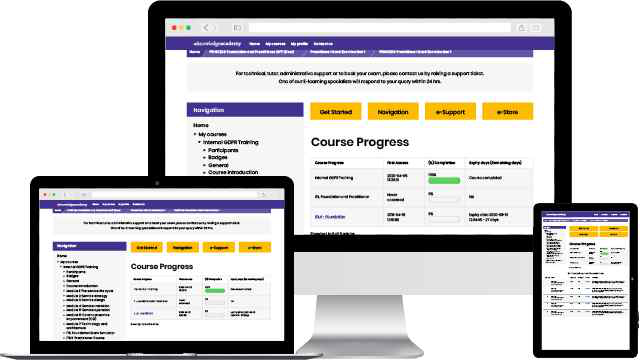
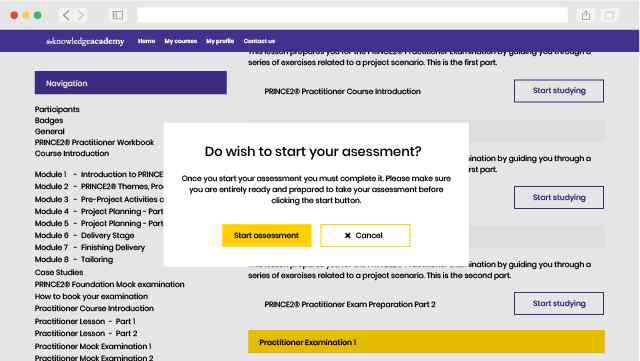
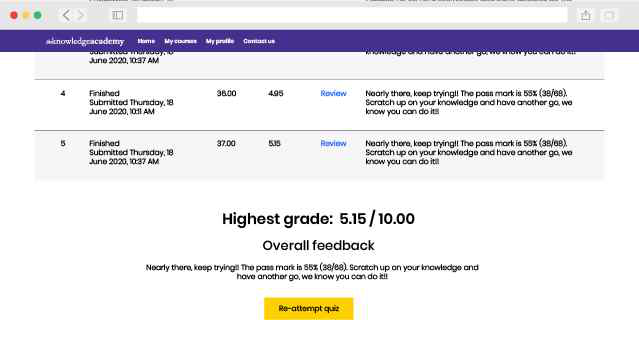
Experience the most sought-after learning style with The Knowledge Academy's ILM Level 3 Certificate in Principles of Leadership and Management. Available in 490+ locations across 190+ countries, our hand-picked Classroom venues offer an invaluable human touch. Immerse yourself in a comprehensive, interactive experience with our expert-led ILM Level 3 Certificate in Principles of Leadership and Management sessions.

Boost your skills with our expert trainers, boasting 10+ years of real-world experience, ensuring an engaging and informative training experience

We only use the highest standard of learning facilities to make sure your experience is as comfortable and distraction-free as possible

Our Classroom courses with limited class sizes foster discussions and provide a personalised, interactive learning environment

Achieve certification without breaking the bank. Find a lower price elsewhere? We'll match it to guarantee you the best value
Streamline large-scale training requirements with The Knowledge Academy’s In-house/Onsite ILM Level 3 Certificate in Principles of Leadership and Management at your business premises. Experience expert-led classroom learning from the comfort of your workplace and engage professional development.

Leverage benefits offered from a certification that fits your unique business or project needs

Cut unnecessary costs and focus your entire budget on what really matters, the training.

Our ILM Level 3 Certificate in Principles of Leadership and Management offers a unique chance for your team to bond and engage in discussions, enriching the learning experience beyond traditional classroom settings

The course know-how will help you track and evaluate your employees' progression and performance with relative ease


You won't find better value in the marketplace. If you do find a lower price, we will beat it.
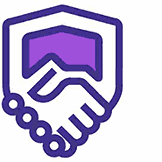
The Knowledge Academy is an Approved Centre for ILM

Flexible delivery methods are available depending on your learning style.

Resources are included for a comprehensive learning experience.




"Really good course and well organised. Trainer was great with a sense of humour - his experience allowed a free flowing course, structured to help you gain as much information & relevant experience whilst helping prepare you for the exam"
Joshua Davies, Thames Water



 Back to course information
Back to course information
We may not have any package deals available including this course. If you enquire or give us a call on +44 1344 203999 and speak to our training experts, we should be able to help you with your requirements.
 If you miss out, enquire to get yourself on the waiting list for the next day!
If you miss out, enquire to get yourself on the waiting list for the next day!

close


Press esc to close

close
Fill out your contact details below and our training experts will be in touch.



Back to Course Information